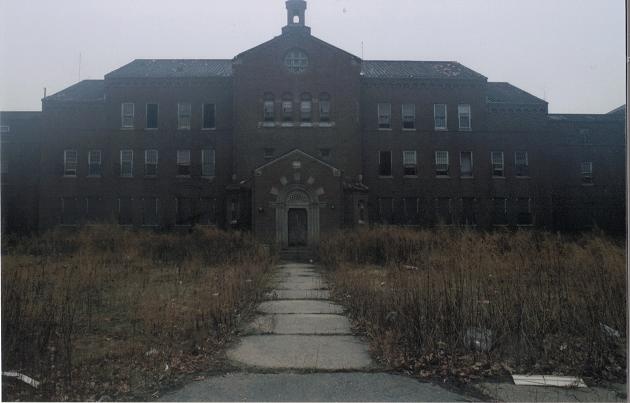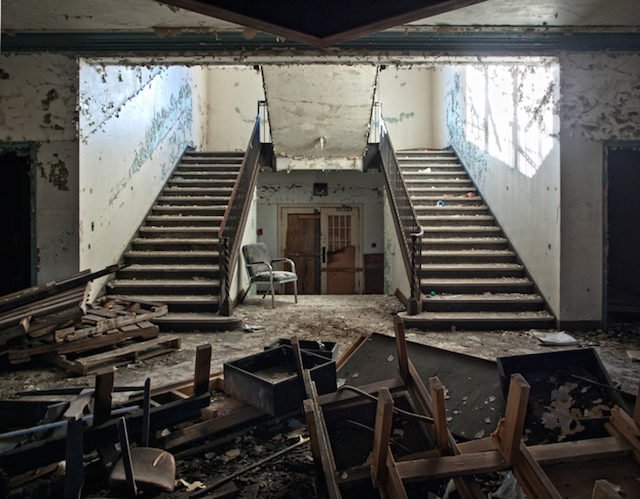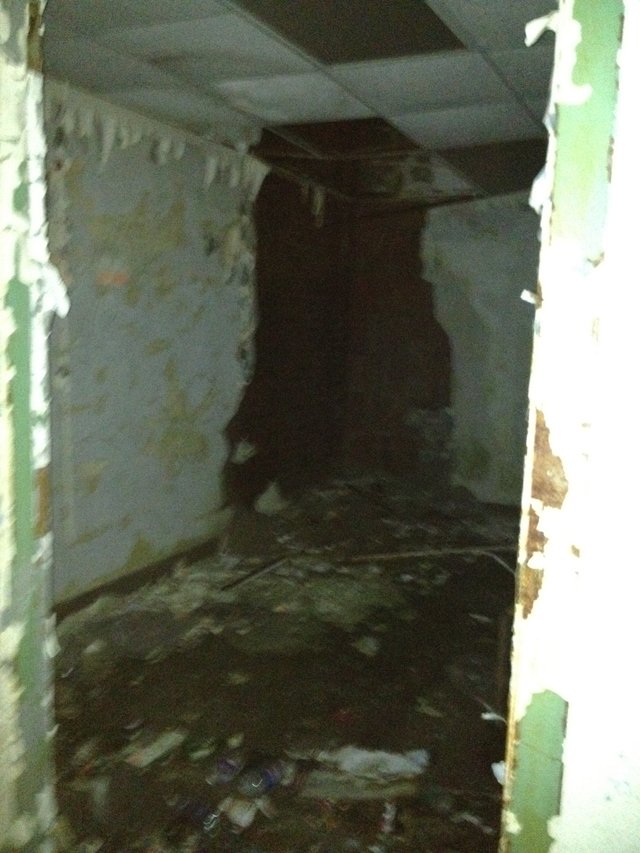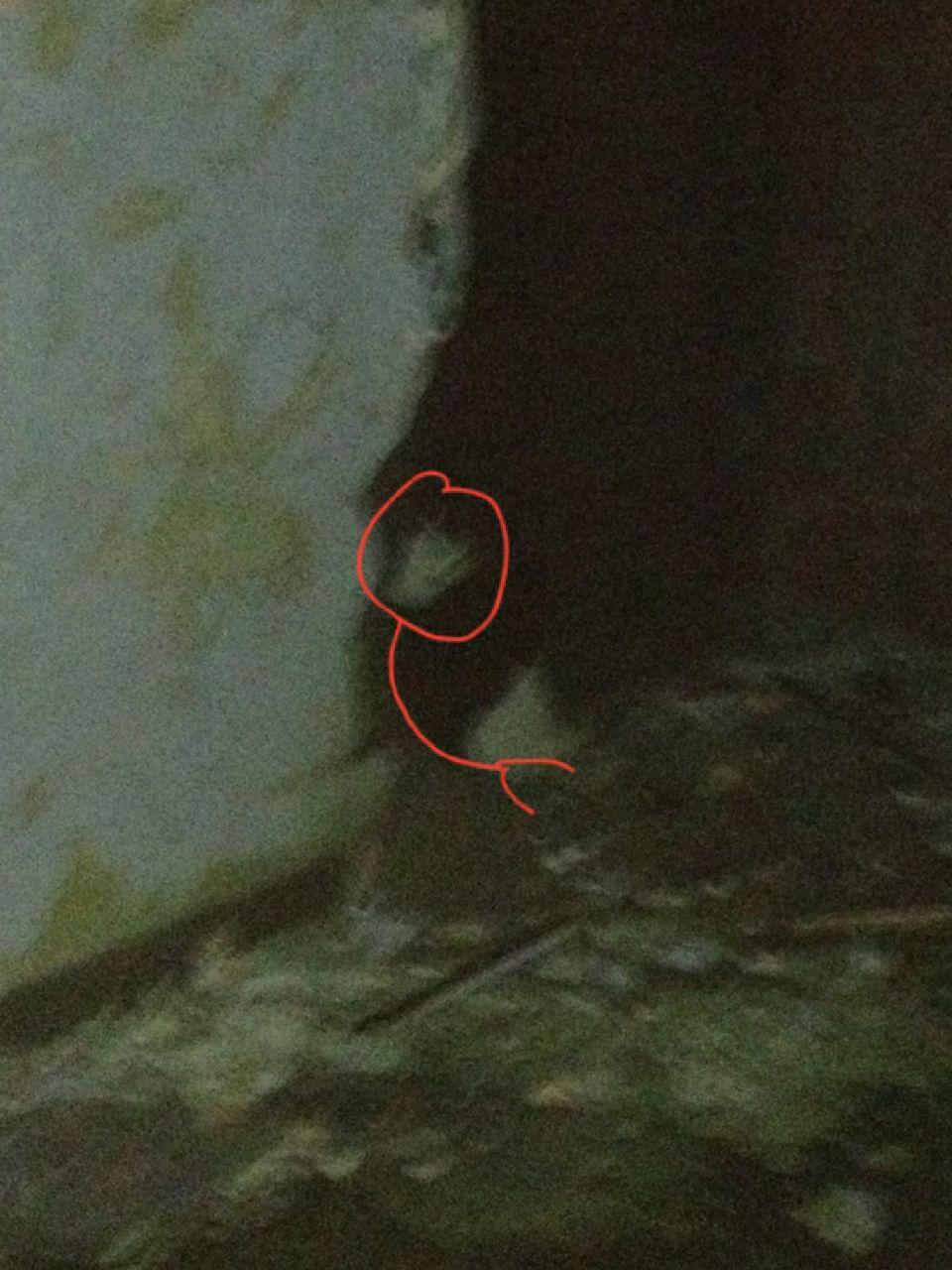Do You See It??
Do You See It????? (PHOTOS BELOW)

Written By Kevin Serrano @kevinsworld93
We visited The Pilgrim State Psychiatric Center in Long Island which today sits abandoned. Some Buildings have been demolished or have been restored to be used as a psychiatric center.
BUT...
Before i go into what i personally see in the photo, let me give you a brief summary of the history of The Pilgrim State Psychiatric Center in Long Island.
In the 1920s, New York State had operated six mental hospitals to facilitate the growing need for psychiatric care, and all were extremely overcrowded. The state's answer was to build the solution to this problem that plagued the New York City area once and for all - Pilgrim State Hospital.
Originally designed to house 12,500 patients on 1,900 acres of land, Pilgrim still holds the record of being the largest psychiatric hospital in the world - its peak patient population at one time was 16,000. The original hospital constructed from 1930-1941 consisted of four large continued treatment groups, each having about six separate buildings. The hospital also included a large medical building where patients and employees with acute diseases would be diagnosed, as well as housing laboratories, consultation rooms, a nursing school, and the pathology department. This building was flanked by two large reception buildings, where new patients would stay for an average of one month to be examined and diagnosed. These two buildings were kept separate by gender, and connecting corridors on each floor allowed patients and staff to work closely and quickly between the common medical facility.
Also on campus was a tall hospital building for chronic patients, a theater, employee and nurses' homes, a bakery, laundry, firehouse, power plant, and a farm which included a horse barn and piggery. Doctors and their families lived a small community on campus, but separated from the hospital by a major road (and later the Sagitkos Parkway). A ten acre cemetery lies behind a brick water tower, where unclaimed bodies were buried with a simple headstone engraved with a patient number. In the late 1930s Pilgrim averaged one death per day.

Treatments at Pilgrim included many types of shock therapy; methods that were risky, but the only kind of relief that science could offer at the time before Chlorpromazine (Thorazine) was developed in the 1950s. They include:
- Insulin shock therapy: The patient is injected with large doses of insulin, which causes convulsion and coma. .
- Metrazol shock therapy: Injections of Metrazol (or commercially known as cardiazol) quickly induces powerful seizures.
- Electric shock therapy: Currents of electricity are passed through the brain to induce grand mal seizures, commonly used to treat schizophrenia and mood disorders. Pilgrim State started using this technique in 1940, and has recently been under investigation for forcing this treatment onto patients.

So now that you know some of its history, you can see the sadness, pain and misery that had taken place at this hospital. So upon exploring this very large hospital and taking pictures inside each room we entered. I stumbled upon this very strange figure in one of the photos that when looking back into the room, was NOT there.
NOW let me show you this strange photo that has been in many debates to whether what i see is real or my eyes playing tricks on me...

It looks like a child sitting on the floor sitting fetal position. WHAT MAKES IT EVEN MORE STRANGER is that it looks as if there is a face visible.
DO YOU SEE IT

To the question in your title, my Magic 8-Ball says:
Hi! I'm a bot, and this answer was posted automatically. Check this post out for more information.
Wow, what a creepy place. Pretty scary what we still don't know about mental health treatment these days let alone back then.